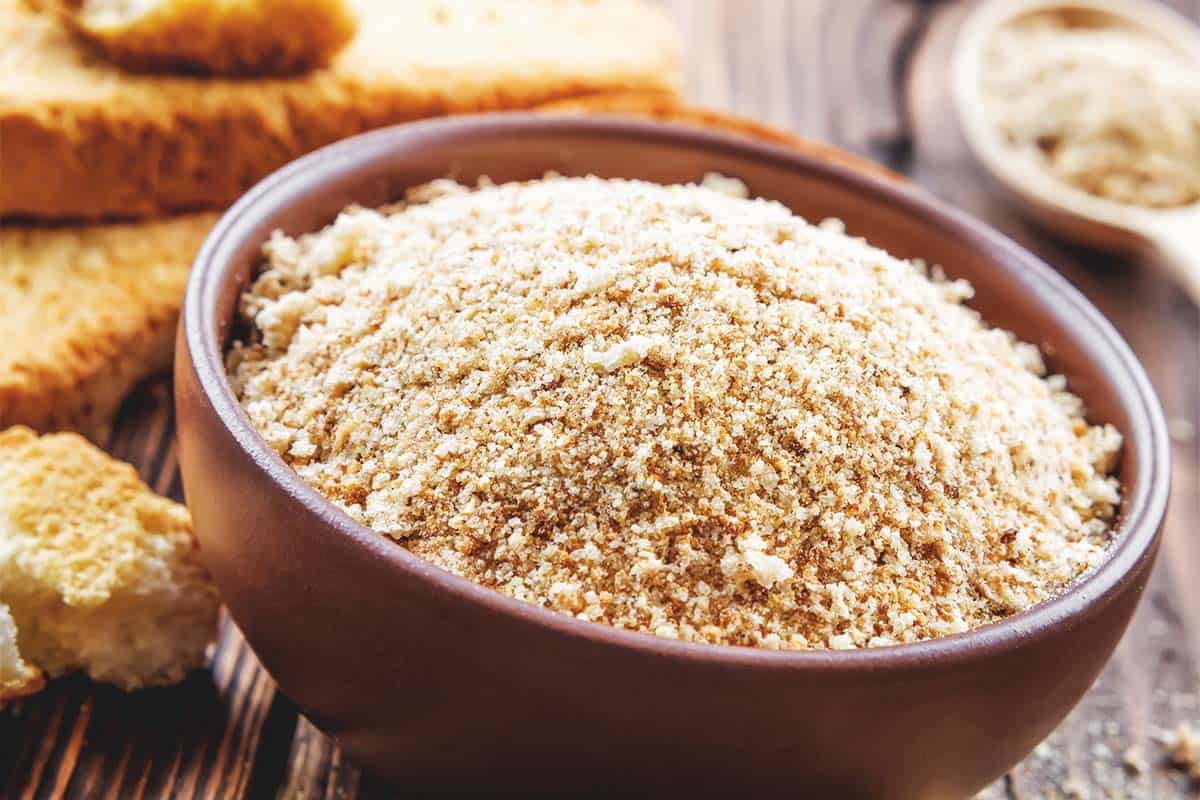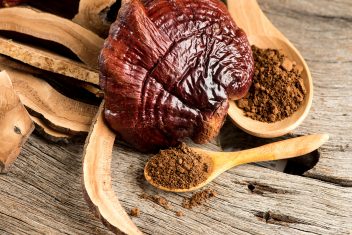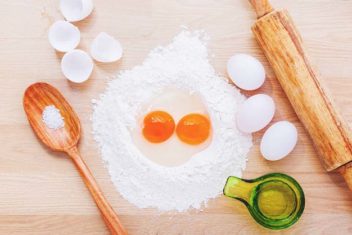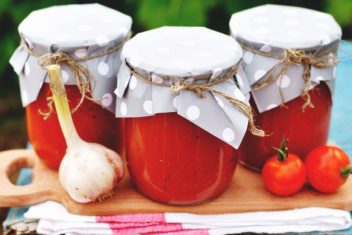I had an interesting experience when I went to the store to do my monthly grocery shopping the other day.
Here’s some background information before I launch into my tirade. I usually only grocery shop once a month (or once every other month, during the gardening season). I don’t have much that I need to buy at the grocery store (typically just dry goods and dairy products) since we raise our own meat and vegetables.
When I do go to the store, I tend to buy in bulk.
However, at the time of writing this article, the world is ensconced in the COVID-19 pandemic. This means, unfortunately, that many of the grocery stores in my area have started imposing restrictions on what and how much you can buy.
When I walked up to the cash register with my normal two bags of flour, I was told by the cashier that I could only buy one.
That caught me off guard, but luckily, wasn’t any reason to panic.
Why?
Because of smart ingredient substitutions!
Although there are lots of foods that I really just need plain white flour for – including my homemade sourdough bread and many baked goods – there are plenty of ingredients that I already have on hand that can be used instead.
Flour isn’t the only ingredient you can swap out with others in times of need. There are plenty of other ingredient substitutions for you to consider, too.
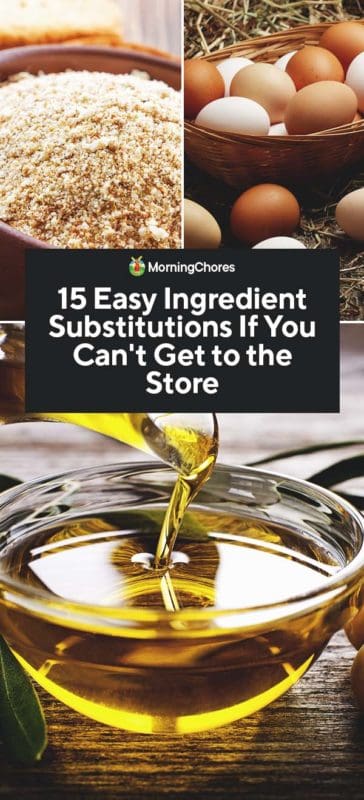
Top Ingredient Substitutions
When you’re trying to make do with what you have at home, don’t despair. There are some brilliant ingredient substitutions for you to consider, and I will share them all below.
Oil
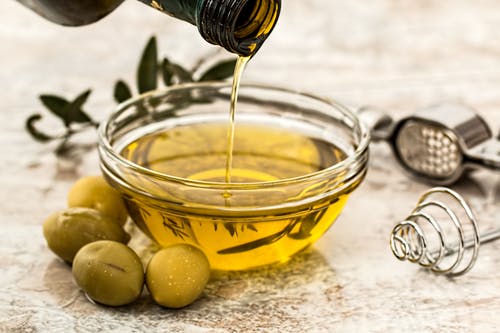
Need some oil? Depending on how you intend to use it, you can use any of the following:
- Butter
- Lard
- Shortening
- Applesauce
Although the first three are obvious ingredient substitutions, a surprise item is applesauce. Applesauce works best for baking, as its consistency helps keep baked goods moist. However, it has less fat than oil, making it a healthier alternative. The pectin in applesauce can help bind together other ingredients like the emulsifiers found in oil do, too.
Vinegar
If you need vinegar for a recipe or for cleaning, lemon juice is a great (and better-smelling) substitution. Use one teaspoon of lemon juice for every half a teaspoon of vinegar.
If you have a lemon tree in your yard, you don’t even have to keep lemon juice in the fridge, just waltz out to your yard and pluck this future vinegar substitute from the tree.
For those of you with time on your hands, you could also make your own vinegar from apple cider, which we explain in this simple step by step post: How to make Apple Cider Vinegar. And again, this time you would waltz out into your yard to pluck apples for your future vinegar substitute.
Buttermilk
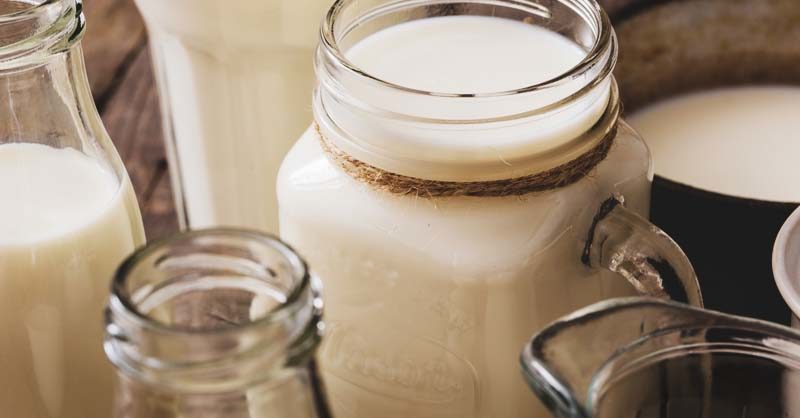
Buttermilk is used in lots of recipes for cooking and baking, but it’s one of those ingredients that very few people tend to keep in stock.
To make your own buttermilk, combine one cup of milk with a tablespoon of lemon juice. You’ll need to let the two ingredient substitutions sit for about five to ten minutes to allow them to blend together.
If you don’t have lemon juice, you can also use white vinegar. You can read this hack in full detail in our 3 Ways to Make Buttermilk post.
Sour Cream
No sour cream? No problem. You can make your own by substituting one cup of plain yogurt. Greek yogurt works best, as it’s a similar consistency and has a similar tang.
Similarly, Greek yogurt can also be substituted for mayo. You’ll sub it out at equal ratios.
Chicken or Beef Broth
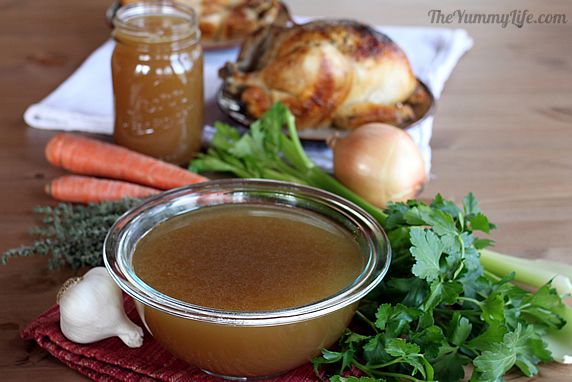
There’s nothing quite as delicious and nutritious as homemade bone broth, but if you don’t have any, you can easily substitute. Simply use one bouillon cube of either flavor for your preferred type of broth. Just dissolve the cube in water.
In most cases, you can also use vegetable broth, coconut milk, white or red wine (depending on the type of meat), or even plain water.
Ricotta Cheese
Growing up, my mother made all of her lasagnas with cottage cheese. I always thought this was how lasagna was supposed to be made – until I moved out of the house and realized most people actually make lasagna with ricotta.
It was smart thinking on her part, though. Ricotta is a bit sweeter and more uniform in texture than cottage cheese, but otherwise, the two work exactly the same in a recipe.
Baking Powder
Baking powder is one of those ingredients that I always tend to run out of. Luckily, you can substitute a quarter teaspoon of baking soda with ⅝ teaspoon of cream of tartar to achieve the same effect.
Butter
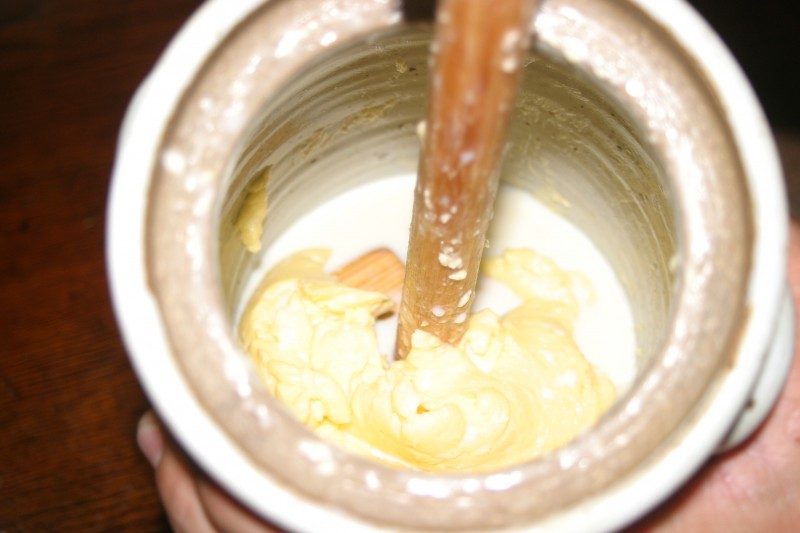
Depending on the recipe, you can use oil for butter in many cases (although it will result in a thinner consistency).
Lard can serve as an equal substitution for butter, or you can use ⅞ cup of shortening for one cup of butter, too.
Now, to go one step further than merely substituting ingredients, why not be creative and self-sufficient, and make your own butter! We share four different methods for making butter in our post Ways to Make Homemade Butter.
Eggs
If you don’t have any eggs and need to bake, you can combine a tablespoon of ground flaxseed and three tablespoons of water. Let the ingredients sit to combine for about five minutes. This will equal the volume of one egg.
Unfortunately, this egg substitution doesn’t work as well if you need egg whites or a signature “egg” flavor. However, it serves as a good emulsifier in a pinch.
On a lighter note, don’t run out and buy chicks to get your own eggs! Tempting as it may be, we share the more practical views of why not to panic-buy chickens, written by our local chicken expert.
Vanilla Extract

If you don’t have any vanilla extract on hand, don’t worry – you can use a teaspoon of rum or bourbon. You won’t get the telltale vanilla flavors, but you’ll still get deeper notes in your food that wouldn’t otherwise be possible.
Brown Sugar
Very few people actually realize this, but brown sugar is simply white sugar combined with molasses. Therefore, if you’re all out of brown sugar, you can make your own by combining a cup of granulated sugar with two tablespoons of molasses. Mix them together in a food processor and you’ll be ready to bake!
Yeast
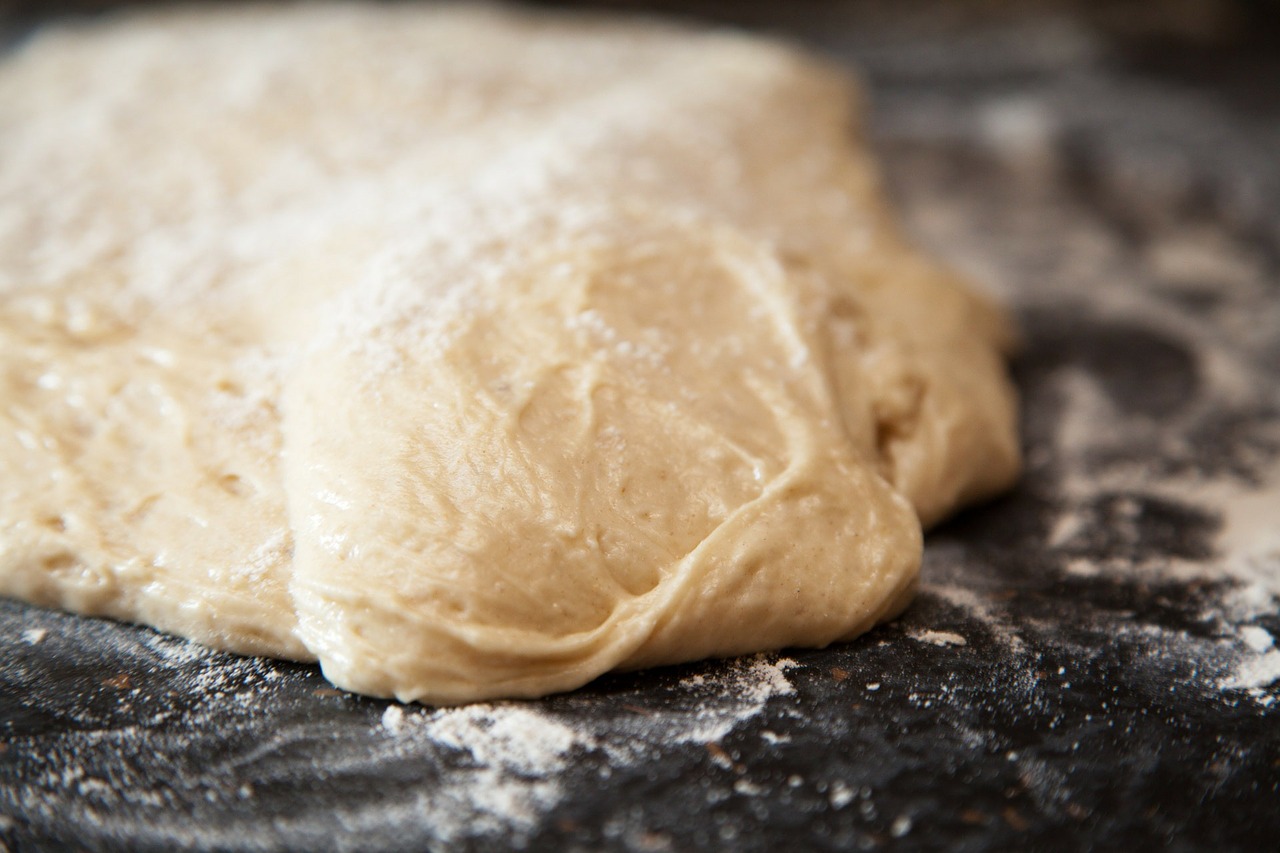
Another good baking substitution to know is yeast. If you don’t have any yeast, you can combine half a teaspoon of lemon juice with half a teaspoon of baking soda. This will yield one teaspoon of active dry yeast. The lemon juice serves as an acid to activate the baking soda.
No lemon juice? Don’t worry. You can use other acidic options, like vinegar, too.
Flour
If you don’t have flour on hand, there are several ingredients you can use as a substitute.
For example, all-purpose flour and cake flour can be combined to make pastry flour. You’ll use one cup of all-purpose and one tablespoon of cake flour. This will give you the right protein combinations you need for baking.
Of course, you can use all-purpose flour for just about any baking task, too.
If gluten-free flour is what you would prefer to use, you can blend up a cup of raw rolled oats, too. Any kind of oats will technically work for making flour, but the best for gluten-free flour is rolled oats.
Other flour substitutes include:
- Soy flour
- Wheat germ
- Cornmeal
- Rice flour
- Oat flour
As many vegans may know, cauliflower is also a healthy substitute for flour. You can sub it cup for cup, and use it in delicious pizza and browny recipes, or use for flatbread, and the kids won’t even know they are eating vegetable brownies!
Bread Crumbs
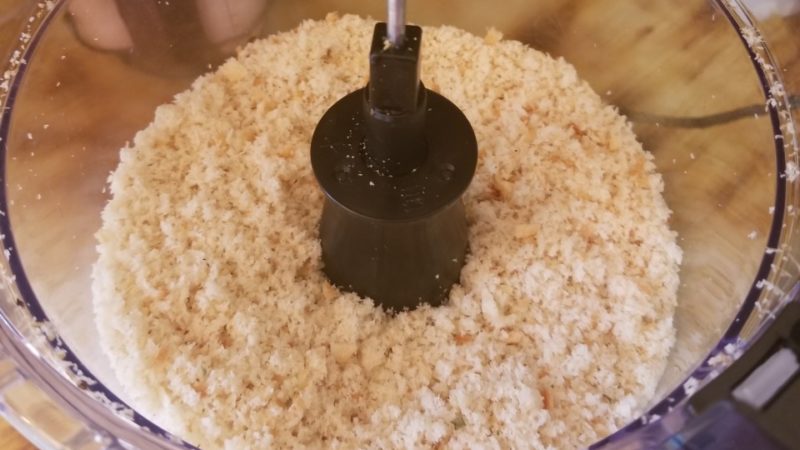
There’s nothing quite like the taste of fried chicken to spice up your weeknight dinner routine – but if you like to use bread crumbs for the coating, this can get tricky. Luckily, you can just use crackers or bread to make up for your shortcomings in the bread crumb department.
Simply crush up ¾ cup of crackers to make one cup of dry bread crumbs. You can also make your own by toasting bread and crumbling it at the same ratio.
For a few more creative ideas on making bread crumbs, and using up old bread at the same time, read our post on How to Make Croutons.
Tomato Sauce
Have you ever tried homemade tomato sauce? If you don’t have any on hand, you can make your own by combining half a cup of tomato paste and half a cup of water.
Tomato paste is easier to store than tomato sauce, so this is a good way to cut down on the amount of space you need in your pantry for tomato products.
Plus, by making tomato sauce in this way, you can add your own seasonings (like sugar, salt, or garlic) to help cut down on artificial preservatives found in store-bought tomato sauce.
Why You Should Know of Ingredient Substitutions
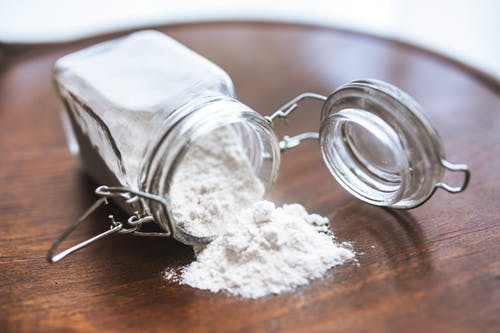
Besides the occasional pandemic (let’s hope it’s not a repeat occurrence!) There are plenty of other reasons to consider food substitutions in your kitchen.
For one, being aware of items that can be swapped for others can save you money and time. You won’t have to run to the grocery store each time you want to try a new recipe. Often, recipes call for ingredients assuming that you’ll have them on hand and that they are more convenient.
That’s not always the case, though! For example, I tend to have much more lard on hand than I do olive oil. Although it might not always be as healthy (the jury is still out on this one), lard can almost always be substituted for most kinds of oil.
That means I don’t have to dart to the store in the middle of making dinner. I can just use something else that I already have.
Though this isn’t necessarily true in the lard vs. olive oil scenario, there are plenty of circumstances in which an ingredient substitution can improve your health, too. For example, you can often swap out oil for applesauce, helping to add nutrients to an otherwise unhealthy recipe, or my favorite ‘cauliflower flour’ as a healthy pizza base.
Long story short, knowing how to cook with ingredient substitutions will make your life that much easier. When you’re busy running your farm or homestead, what could possibly be better than that?
